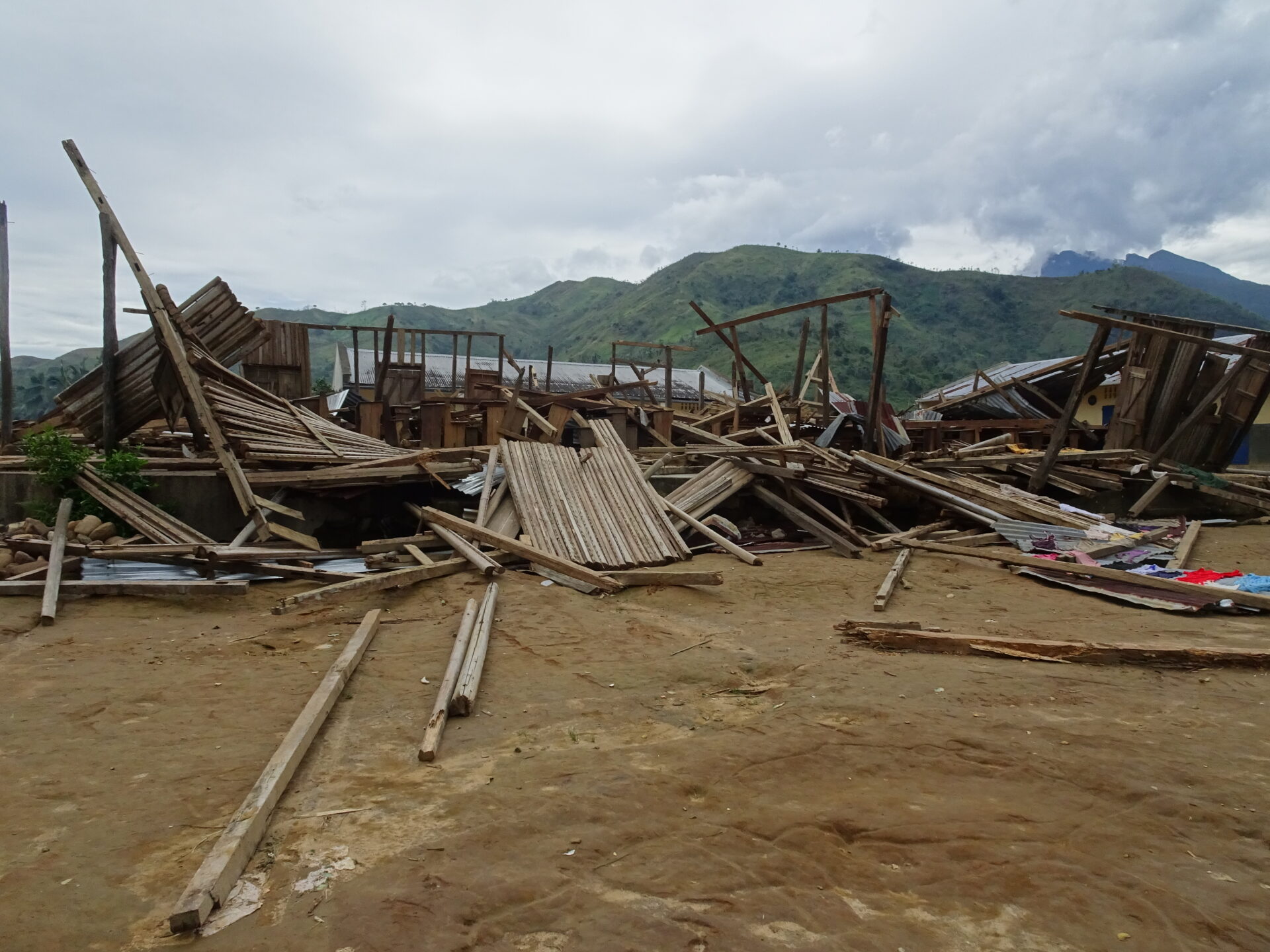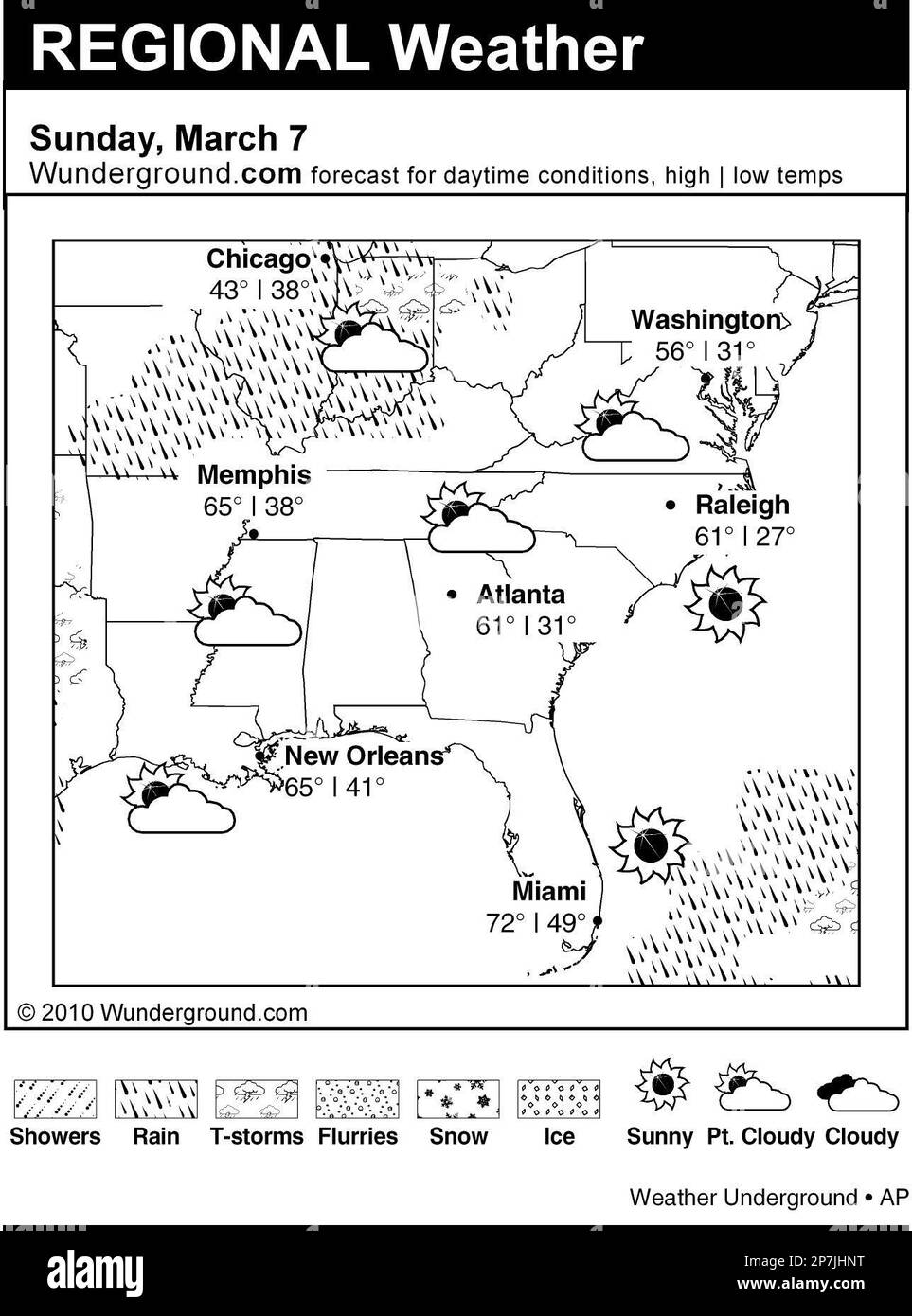

Water needs to be stored, distributed and conserved in lean times. The mo st proximate threat from heatwaves lies in their impact on water and food security. PROTECTING FOOD AND WATER SUPPLIES FROM HEATWAVES Besides such technology, street trees, urban forests and green roofs can help cool urban areas. In this more energy-efficient system, chilled water is generated in a central cooling plant, then piped to various buildings through an underground network to provide air conditioning. Īs part of the Singapore Green Plan 2030, the country is implementing sustainable cooling solutions, such as distributed district cooling in Tampines. Where urban sprawl has replaced vegetation, heat is trapped by concrete and asphalt in buildings and roads during the day, then released at night, resulting in the urban heat island effect. Plans to implement green cooling solutions need to be stepped up across Southeast Asia. Vietnam, for instance, is switching off street lights and factor y operations at off-peak hours, in anticipation of the ongoing heatwave putting a strain on the national grid.


Extreme temperatures bring about more demand for air-conditioning and refrigeration, which in turn causes the burning of more fossil fuels for energy. Southeast Asia symbolises the “super wickedness” of climate change in that short-term responses can worsen the problem over time. Nothing short of a multi-pronged response across energy security, food security and public health will suffice. Decarbonising the global economy is the only lasting answer to global warming, but meanwhile countries must invest in climate proofing and resilience building.


 0 kommentar(er)
0 kommentar(er)
